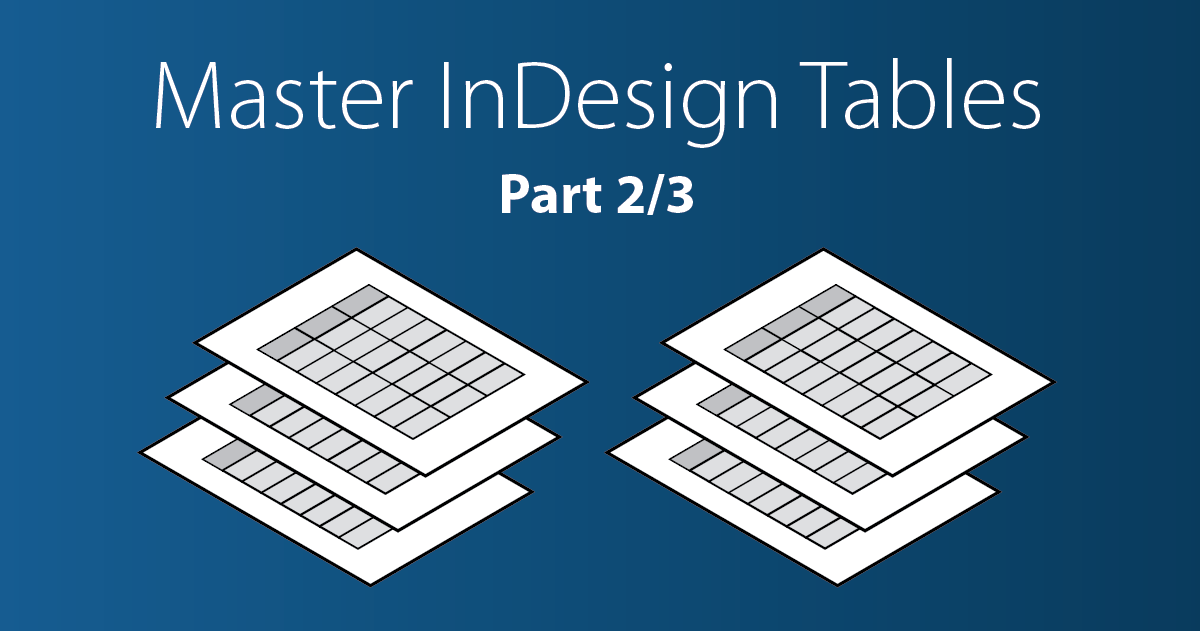
Unfortunately, this method too has its drawbacks, including the fact that type being copied must: The other good news is that this method works from table contents that have been cut and pasted from Word, Excel, Web pages, or tables that are already in InDesign. Select the text in the text editor, copy it, return to InDesign, select the cells to be replaced, and hit paste.
#Excel for mac place in indesign mac
So once again, the text will be copied from Excel, but this time the data will be pasted into a text editing program – in this instance, a Mac application called TextWrangler (one alternate Windows application would be Notepad).Īgain, note that only the text has been copied and nothing else. Instead, it works by pasting into a text editing program first. My favorite solution does not rely on InDesign preferences being changed, nor does it rely on importing a complete file. This is inconvenient if the table is only a small part of a much larger Excel file. This will also work if the table was supplied in a word file, the import option just looks a little different.īut this last method involves taking in a whole file, when only a portion of the chart needed to change. From here, highlight the same selection to change and use the Paste Without Formatting option. The text can be placed as a new text frame and its contents copied. Note that only the text has been copied and nothing else – the column strokes have been replaced by tabs, and the rows have been replaced by returns. In the new dialog box that appears, particularly in the Formatting portion, look for the Table: dropdown and select Unformatted Tabbed Text and click OK. For this method, select the file using File/Place, making sure Show import options is turned on, and click Open. Solution 2: Change an import optionĪnother solution lies in placing the Excel file into InDesign rather than copying it. However, there is a consequence of changing this preference: from this point forward until the preference is changed again, any text that is copied and pasted from another application will be pasted as text only, and that isn’t good if you want to maintain formatting for other items that will be copied and pasted in the future, so you might want to reset the option back to All Information.

It worked! The numbers have changed while the table formatting remains the same.

For the option When Pasting Text and Tables from Other Applications, make sure Text Only is selected, and click OK.

Let’s go back a few steps and try copying the data from Excel again, but before pasting the data into InDesign, change a key preference from the Clipboard Handling section of the Preferences dialog box. How about the paste without formatting option? In this instance, nothing is being pasted! Solution 1: Change a key preference It pasted, but the formatting of the text in the table has been lost, and some colors in the table have changed. Paste the data into a new text frame into InDesign, then copy and paste the data from there.

What about instead of paste, we try using the paste without formatting option instead? No… the same thing happens. No… instead the data has pasted as a table with the first table cell. More after the jump! Continue reading below↓įree and Premium members see fewer ads! Sign up and log-in today.


 0 kommentar(er)
0 kommentar(er)
